Spain is really not far from Morocco. Across the Mediterranean, you think? Spain is actually within Morocco too! There are two really interesting, and also controversial, Spanish territories to visit when you are touring the North of Morocco: Ceuta and Melilla. Here is what you need to know about the Spanish Enclaves of Morocco.
Conquered by Spain in the 15th Century, Ceuta and Melilla are two small territories on the North Coast of Morocco and somewhat of a historical anomaly. The North of Morocco was occupied by Spain for a long time and, as I noticed in Tangier, Tetouan and Chefchaouen, Spanish is still widely spoken. Spain recognised Morocco’s independence in 1956 but the two enclaves remained Spanish, known as Plazas de Soberania. They retained their culture and their Spanish population, however, they are claimed by Morocco, and are a bit of a sore point between the two nations. Today, those territories are somewhat vulnerable to large groups of illegal migrants trying to find their way to Europe. If you are exploring the North of Morocco, I recommend hopping into Spain for a day or two and enjoy something different.
Table of Contents
Ceuta
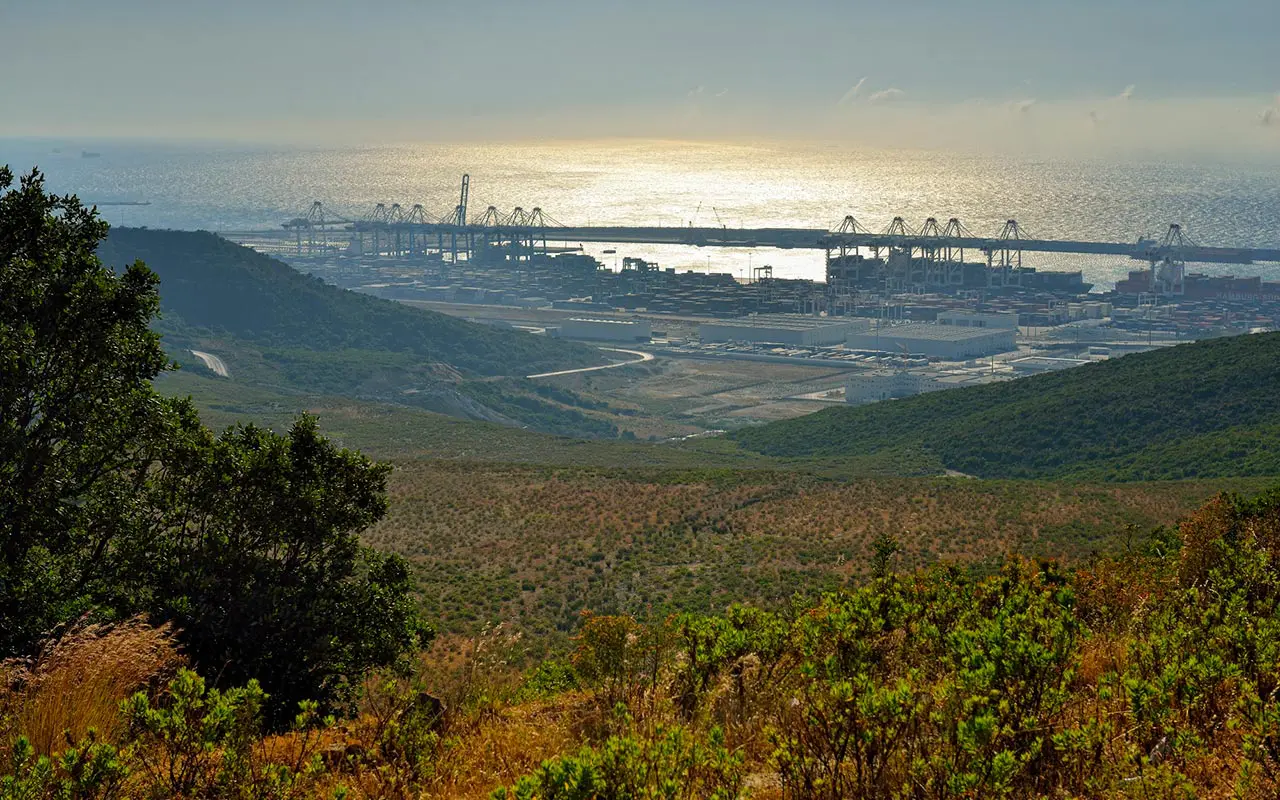
On our last trip to Morocco, my father Thierry had the curiosity of visiting the Spanish enclave of Ceuta. Ceuta is roughly 20 km from Tangier, along a very good road, which runs partially along the Mediterranean Coast. The road is quite dramatic and offers some beautiful vistas, wedged between the coast and the Rif Mountains. We were on our way to Tetouan and Chefchaouen and had a busy road trip. Along the way, the view over Tanger-Med, a cargo port opened in 2007. I have no particular interest in industrial scenery but my father loves it… Photo Thierry Mignon
And I have to say that the view is quite spectacular, as is often the case on Moroccan roads. Tanger-Med is not something that you would visit as a tourist attraction but it’s worth taking a break and taking in the views… and some photos of course! If anything, Tanger-Med is an interesting testimony of Morocco’s economic and industrial development.
An Interesting History
Ceuta is also known as Sebta and is home to some 80,000 people. True to the multicultural identity of the North of Morocco, the population is a mix of Catholics, Muslims, Jews and even Hindus… The location of Ceuta has been of economic significance since the 5th Century. Together with Gibraltar on the European side, Ceuta forms one of the famous “Pillars of Hercules”. Followed a long period of unstable history and changing occupation until 1415, when Ceuta was captured by the Portuguese. Finally, Portugal ceded the territory to Spain in 1668.
Spain recognised the independence of Morocco in 1956, however, Ceuta and other Plazas de Soberenia remained under Spanish rule. Since then, these territories are disputed by Morocco. Until 1995, Ceuta was part of the Province of Malaga. Since then, Ceuta has an autonomous status.
Ceuta Today
Ceuta is the largest Spanish enclave in Morocco and is worth visiting for a few hours. If anything, the experience of going into Spain for a day is fun. I haven’t visited Spain for many years and I found it entertaining to eat the food and listen to the language for a few hours.
In order to get into Ceuta, you can take a ferry from Spain. If you come from Morocco, you need to cross the border. However, if you are driving in Morocco and hiring a car, you won’t be able to take it inside the enclave. You need to cross the border on foot, which is quicker than sitting in the line of vehicles.
Crossing the Border
A lot of Moroccans go into Ceuta in order to work or to shop the European retail brands present in the enclave. Therefore, the border is very busy and can be overwhelming. You will need to park your vehicle in a large car park a kilometre or so before you get to the border. I wasn’t particularly reassured walking to the border on my own, simply because there weren’t many people around and only the odd car driving past.
The border crossing itself is an interesting experience. You have to walk one kilometre along a line of cars, in a sort of caged corridor. There are quite a few people who seem to “hang out” rather than transit from one country to the other, and I’m not sure what they were doing… Crossing into Spain, we had our passports checked no less than four times. The Moroccan army is quite bureaucratic and will ask questions as to what you are doing. You also have to fill out a yellow form which proved a little challenging to obtain amongst the crowd. And of course, there will be people telling you that the form is for sale…
There were a few tourists crossing the border on foot, but most people were from Morocco. One woman approached me and handed me her passport, asking me to fill out the yellow form for her. I suspect it was because she couldn’t write… Crossing the border on foot is quite a moving experience, amongst poor people living a harsh reality… Once you get to the other side, you can get a taxi into town for 5 Euros or a bus… Yes, this is Spain and you need to have a few Euros handy…
What To See in Ceuta
Ceuta is reasonably widespread but the centre is small enough to walk around. Monte Anvera is the highest point in Ceuta and you can go for a hike to enjoy the scenery. We toured the centre of town on foot, walking through streets with a distinctive Spanish feel.
The Casa de Los Dragones is a curiosity and there are a couple of Spanish-style churches. We had a very pleasant lunch in a restaurant overlooking the marina.
We weren’t prepared for an important detail during our visit: Spanish time! After lunch, everything is closed until well into the afternoon… The streets were pretty quiet and most things were closed, including the Museo de la Legion… This is something to bear in mind if you are doing a day trip from Morocco, it might be better to start early in the morning or stay in the enclave late in the afternoon.
The Royal Walls are an impressive structure, dating back to the 5th Century. The walls are nicely renovated and make for a pleasant walk on a sunny day. There are information boards in English and we enjoyed a cool drink at the cafe in the courtyard. Again, the loud music playing in the restaurant next door reminded us that we were in Spain!
Also, don’t miss the waterfront and its row of Greek philosophers’ bronze bust… I was a little puzzled by this… It really felt like a cultural statement, reminding everyone of Ceuta’s European identity…
Return to Morocco
While I didn’t find Ceuta overly charming in its architecture, it’s an interesting experience. The European feel and more specifically Spanish is everywhere. No matter how small, it is a different country. La Ribera Beach also has the atmosphere of the Costa Del Sol or perhaps Southern France…
We hopped on bus number 7 to get back to the border and cross into Morocco. Again, we walked a kilometre within a cage with the poor Moroccan workers making their way home, seemingly laden with goods purchased in European retailers…
Melilla
Further east along the Mediterranean Coast, close to the town of Nador, lies the second Spanish enclave in Morocco: Melilla. Located close to the Moroccan town of Nador, Melilla is a smaller enclave surrounded by a 6 m high border fence, erected to deter mass intrusions by illegal immigrants.
History, Past and Present
Melilla has a similar history to Ceuta. Before gaining a status of autonomy in 1995, Melilla was part of the Province of Andalusia in Spain. The Spanish conquered Melilla in the 15th Century and Morocco has been disputing their ownership since the independence in 1956.
Again, Melilla is a multicultural Spanish outpost with a mix of Catholic, Muslim, Jewish and Hindu population, around 80,000. Melilla has an important collection of modernist buildings, a Medieval fortress and a swathe of tapas bars. Accessible by ferry from Spain and across the border from Morocco, it’s an ideal place to enjoy a Spanish weekend.
Melilla is rich in history and is the only place in Spain that still has a statue of General Franco… Indeed, Franco flew out of Melilla in 1936 to launch the Spanish Civil War…
Melilla La Vieja
The Medieval Fortress in Old Melilla has been beautifully restored and has a number of interesting museums. The depths of the fortress also hold ancient cisterns and a cave and tunnel system that was used to shelter refugees during invasions.
Modernist Architecture
Who would think a far-flung Spanish enclave could almost rival Barcelona as a centre of Modernist architecture. Gaudi’s student Enrique Nieto designed several buildings in the “Golden Triangle”.
Spanish Influence in Africa
After years of visiting Morocco the typical tourist destinations such as Marrakech and Essaouira, visiting the Spanish Enclaves of Morocco is a very interesting discovery. It really makes feel that I should include Spain in my next European adventure. Ceuta and Melilla are a link between Europe and Africa, and their future as Spanish enclaves is uncertain. Indeed, some locals see the Spanish government’s decision to establish a statute of autonomy as taking a step in the direction of returning the enclaves to Morocco. I’m sure there is a long way to go yet, but the cost of maintaining the enclaves and the threat of massive intrusions is an important question for Spain.
Would you make the Spanish Enclaves a reason to travel to Morocco? Please tell me in the comments below.
For more posts on Morocco, check out my shopping guide, my tips for successful haggling and my 20 things to know before travelling.
Related Posts
Spanish Islands in Morocco
Things to do in Tangier
Tetouan Morocco
For more Morocco inspiration, I also wrote a list of what to pack for Morocco.
Save these Spanish enclaves in Morocco on Pinterest!
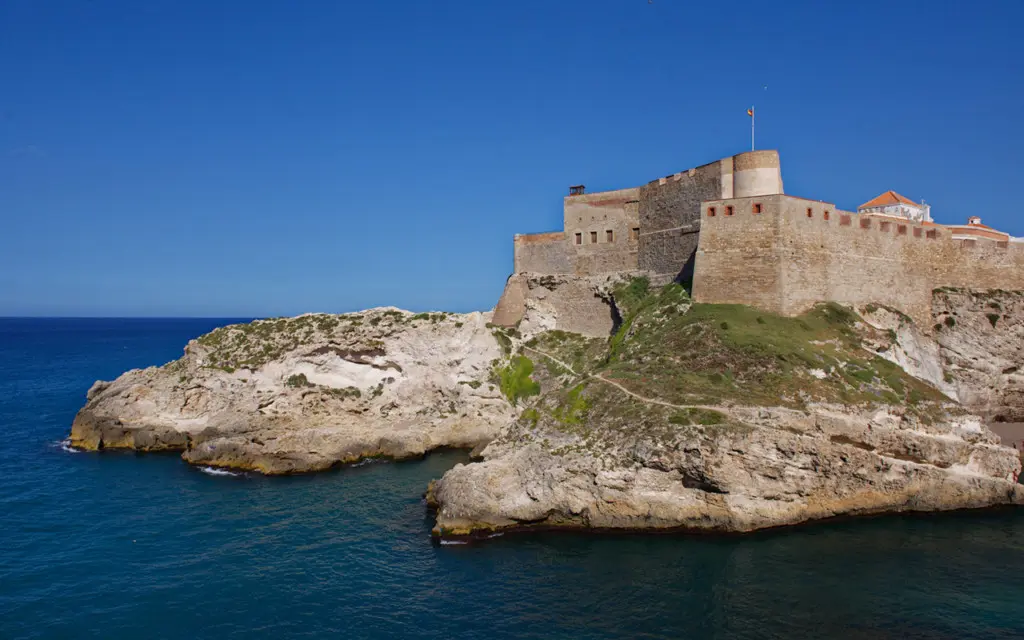
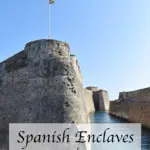
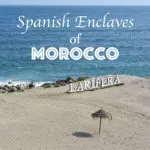
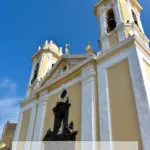
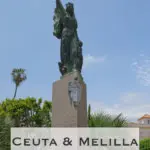
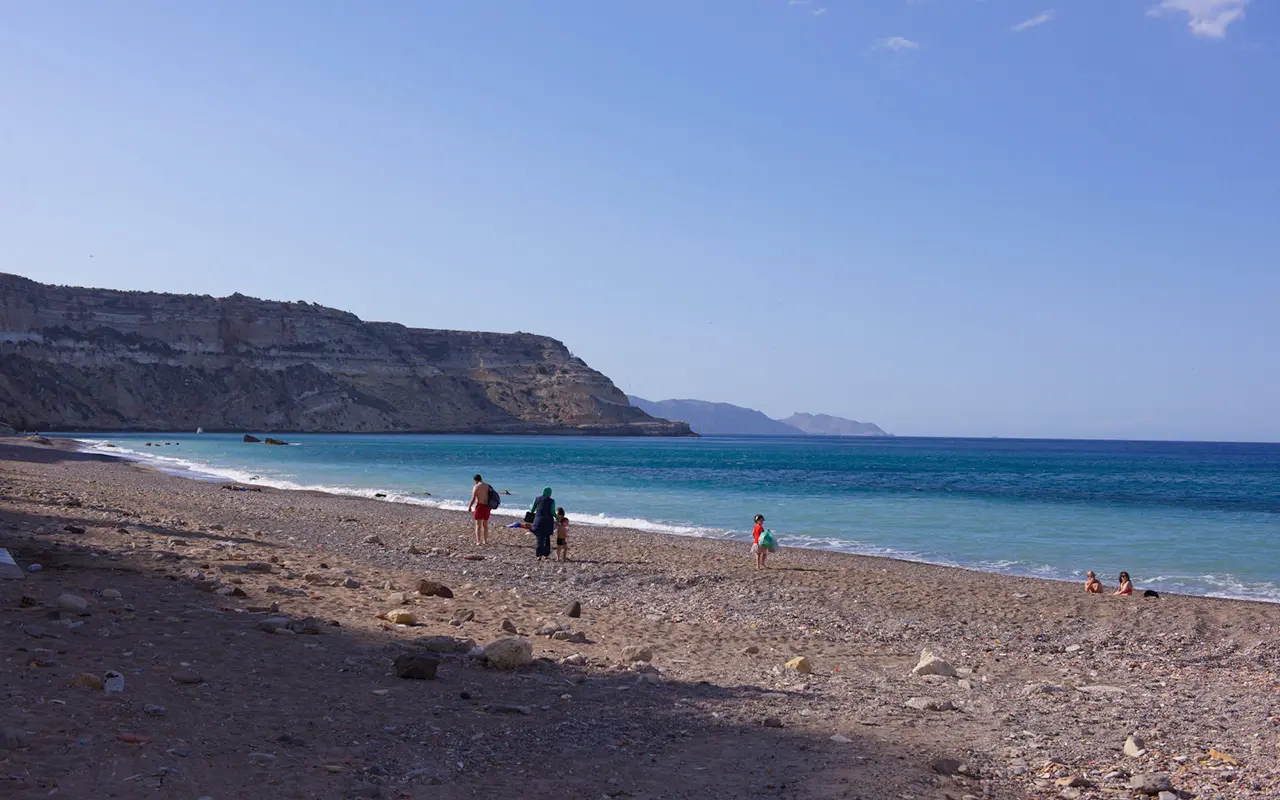
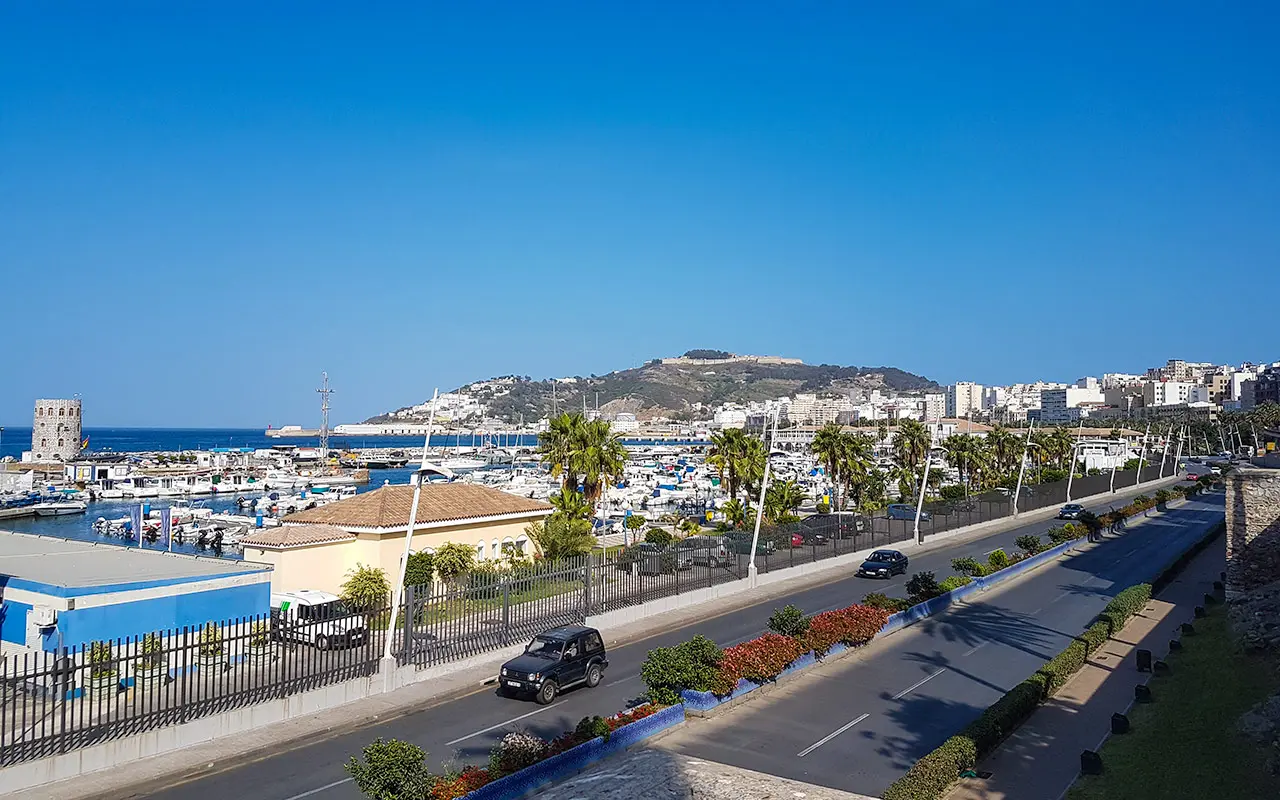
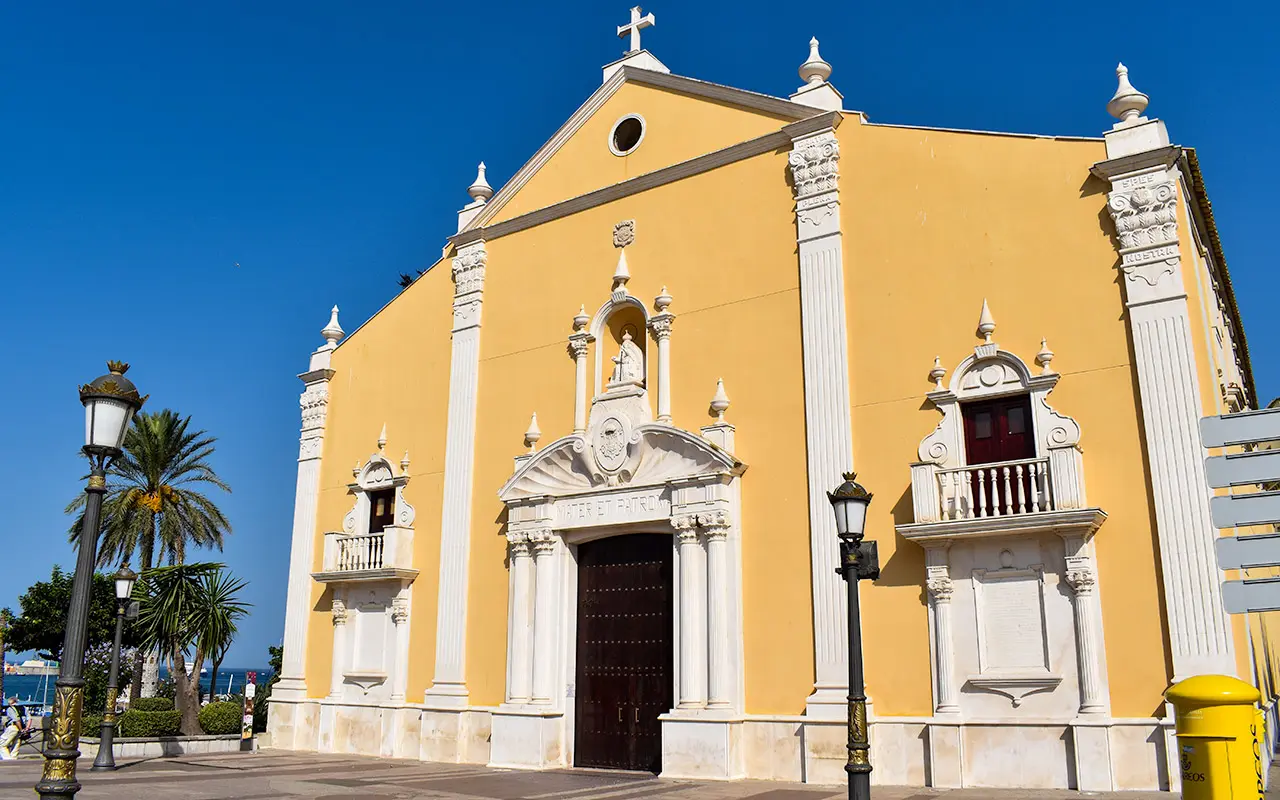

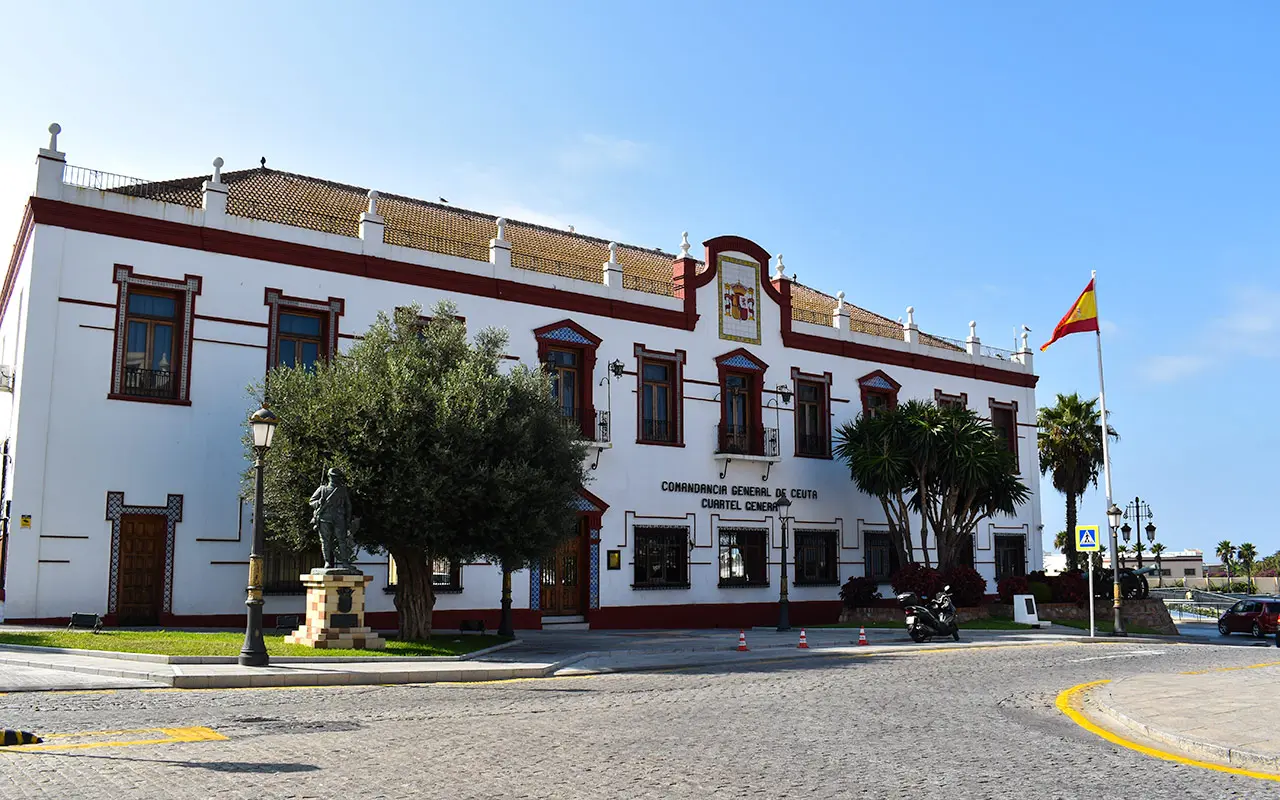
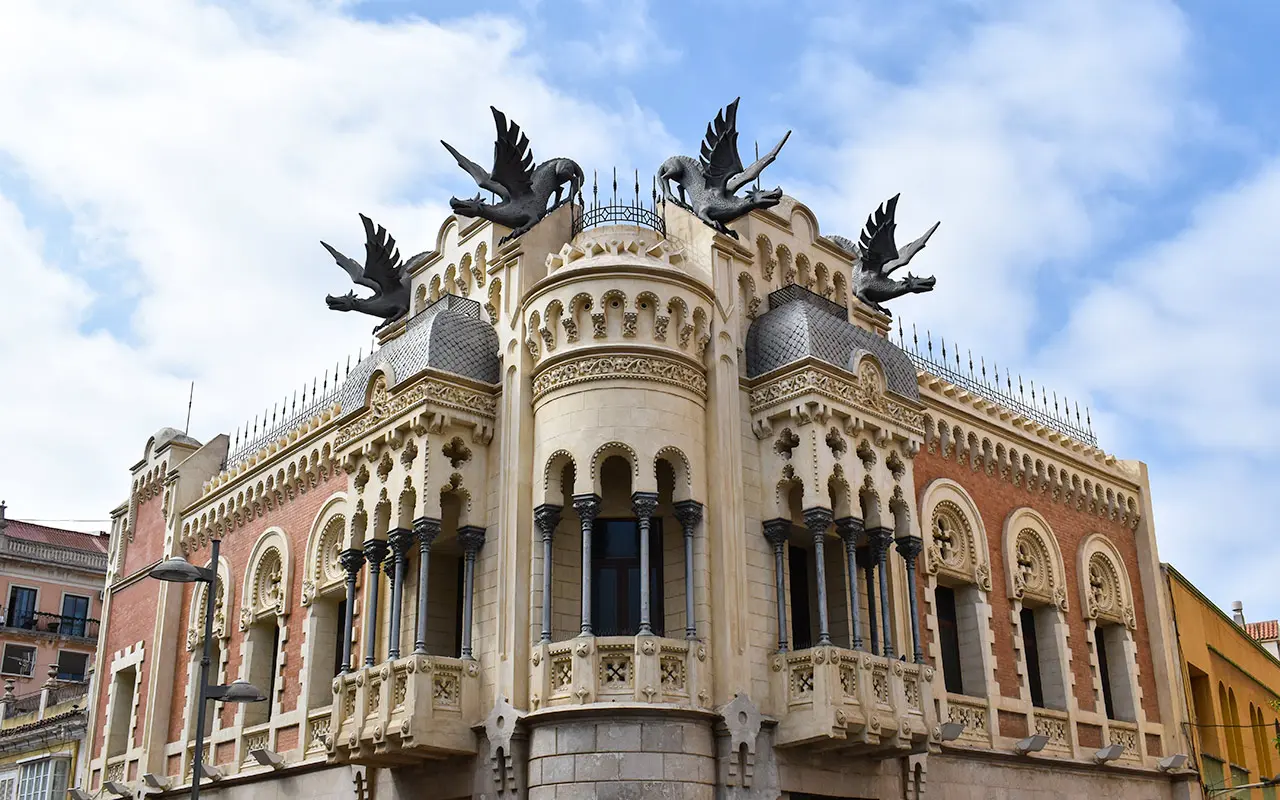
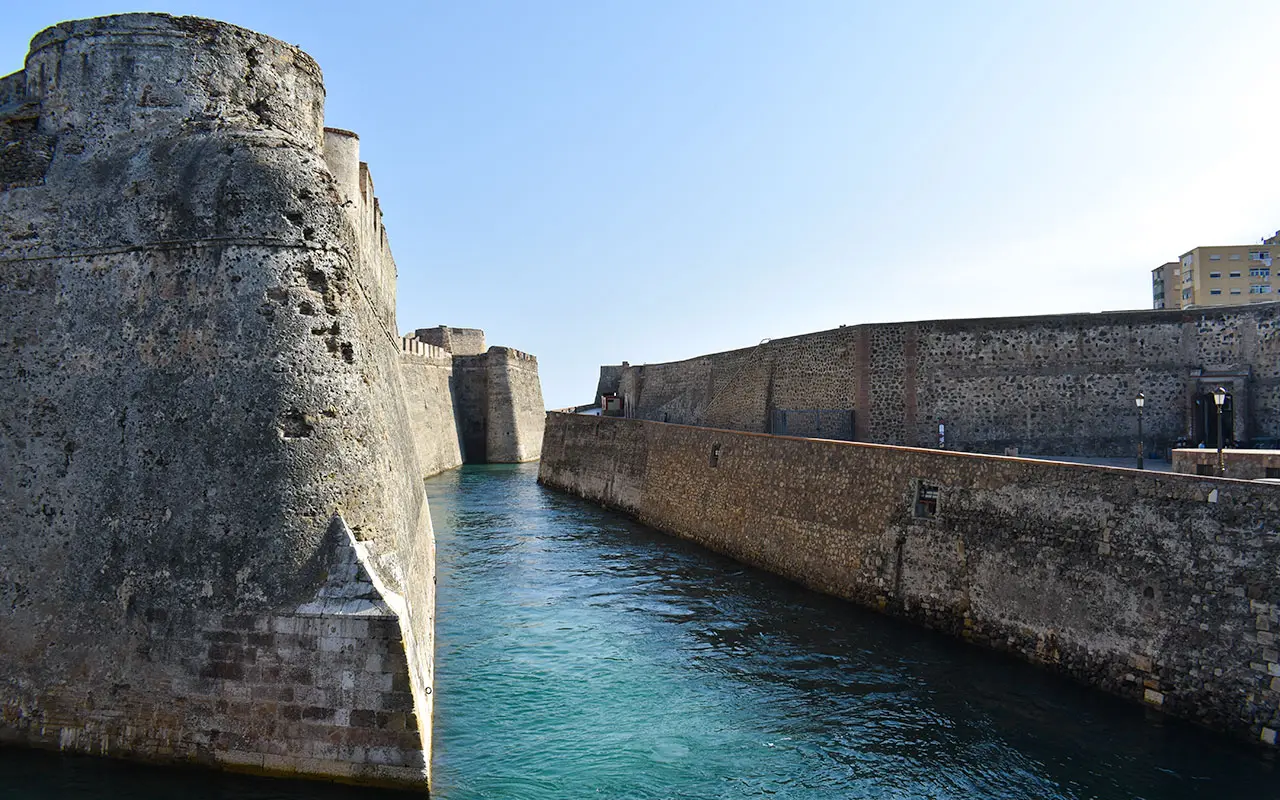
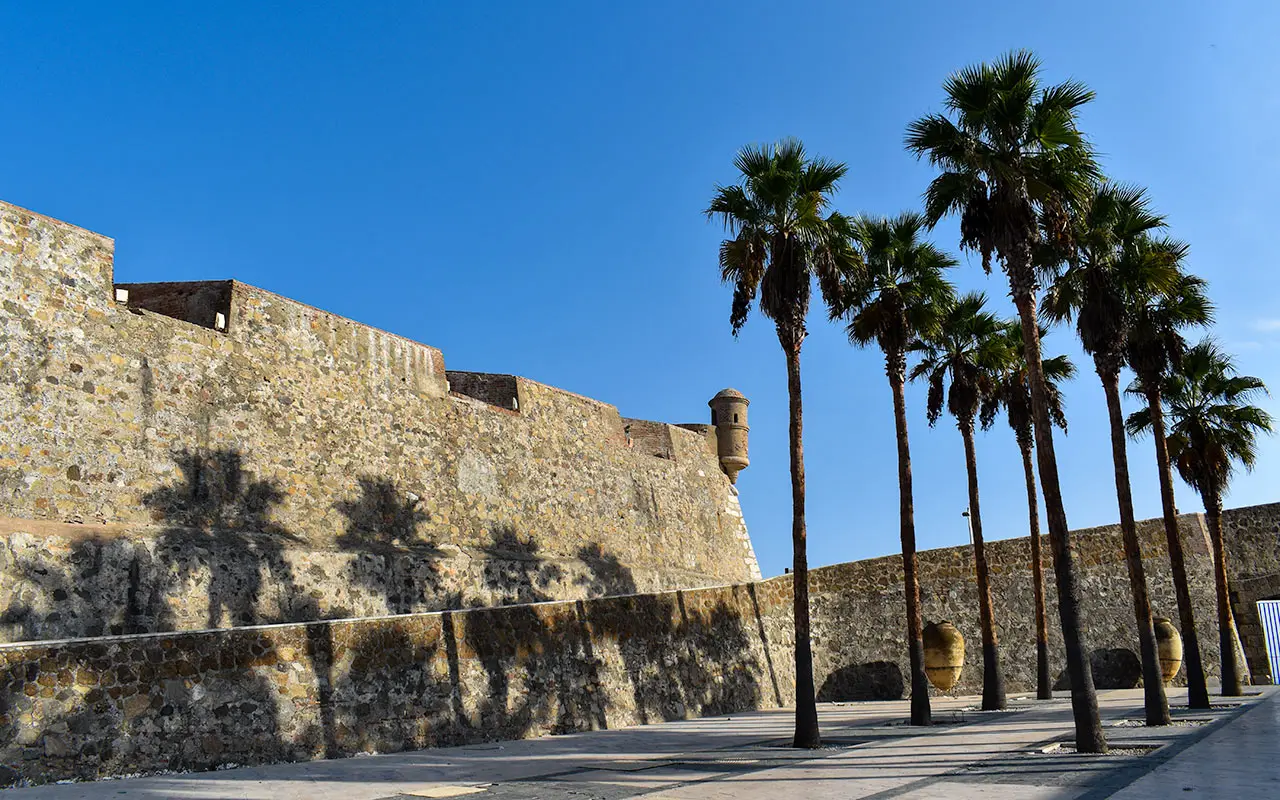
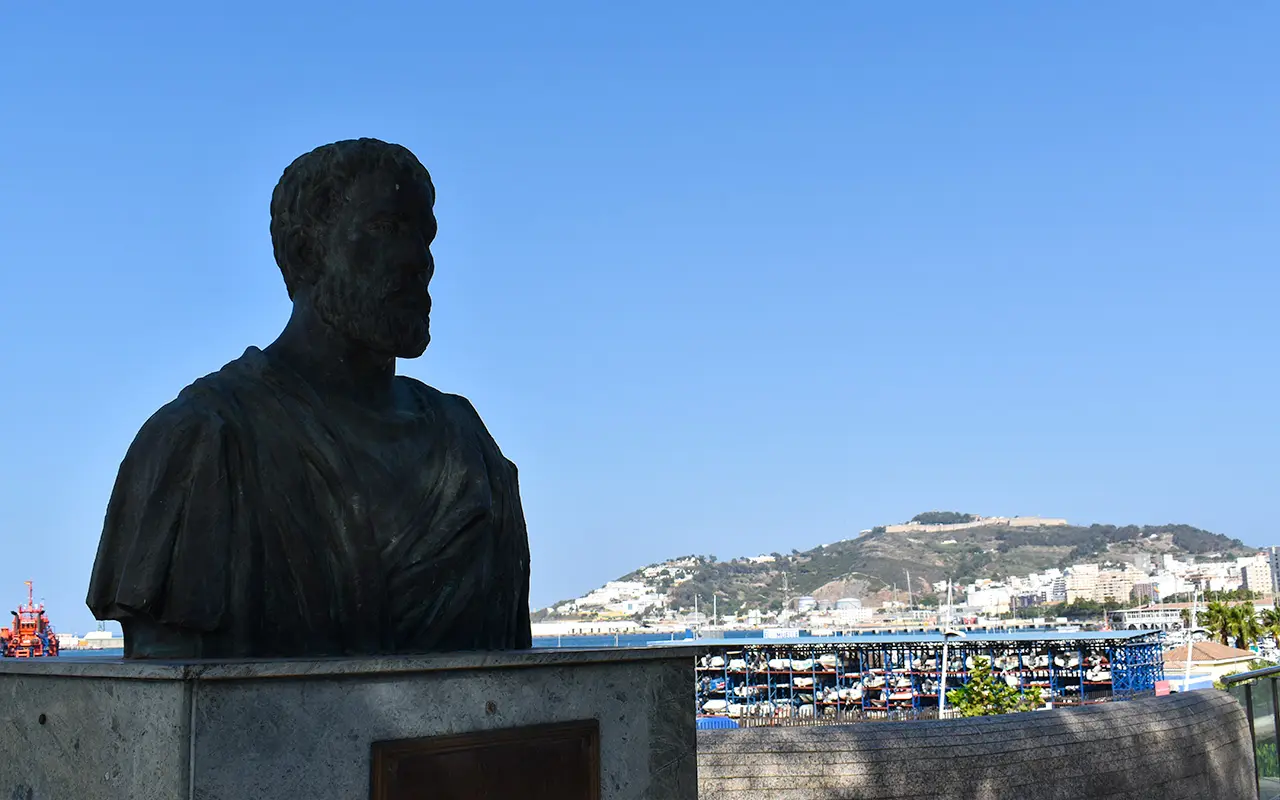

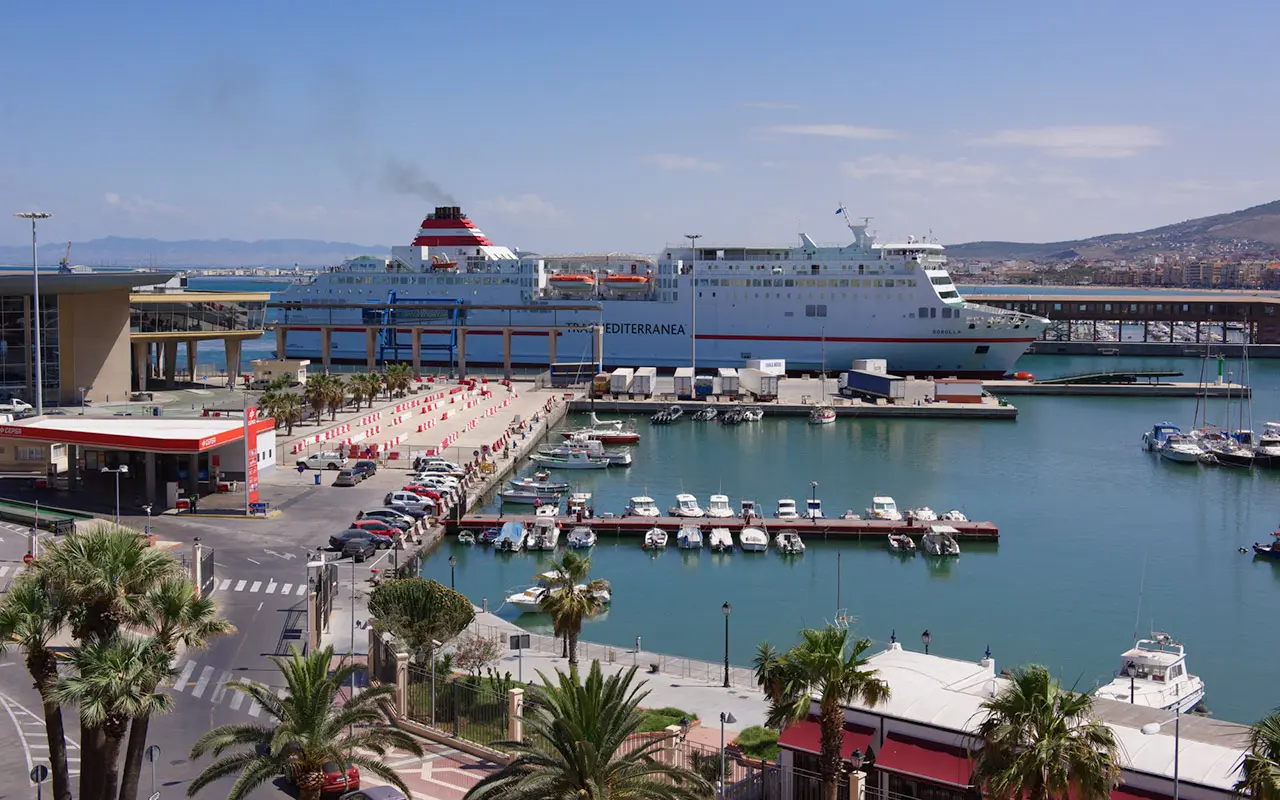
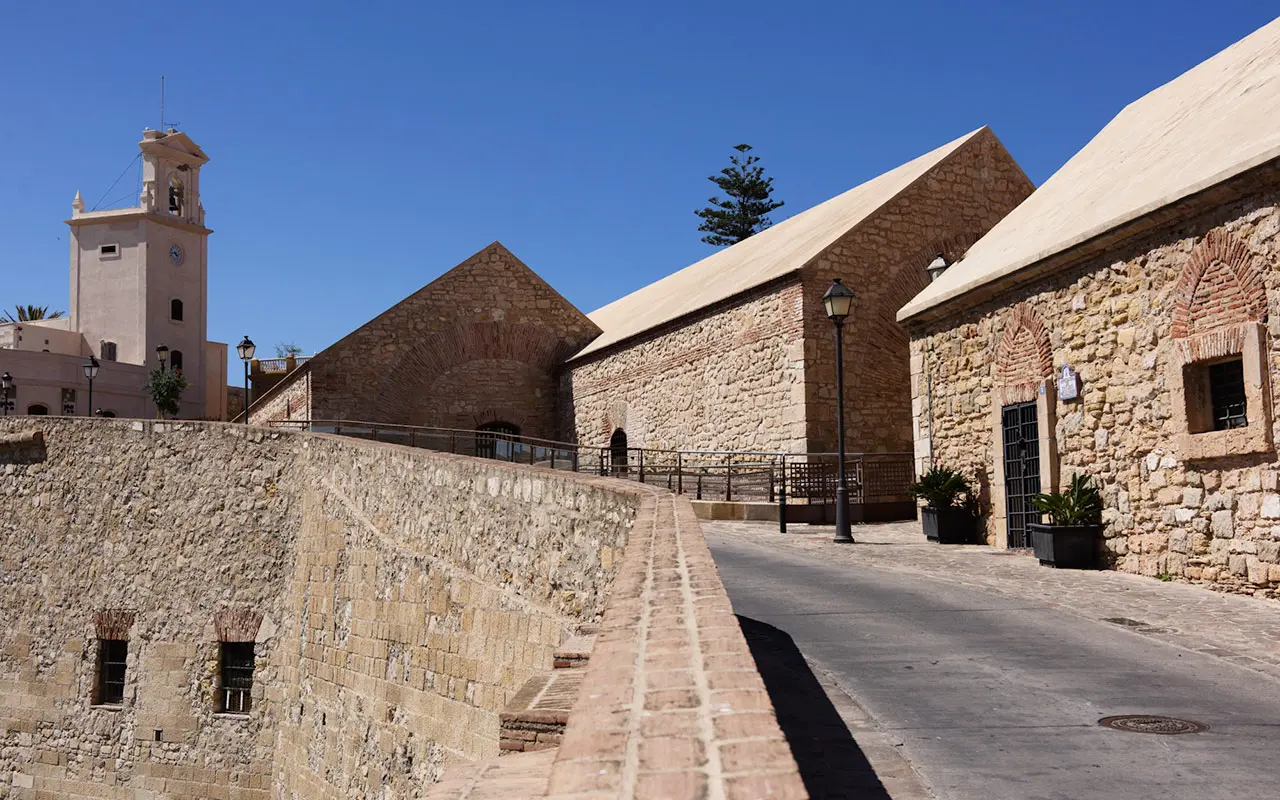
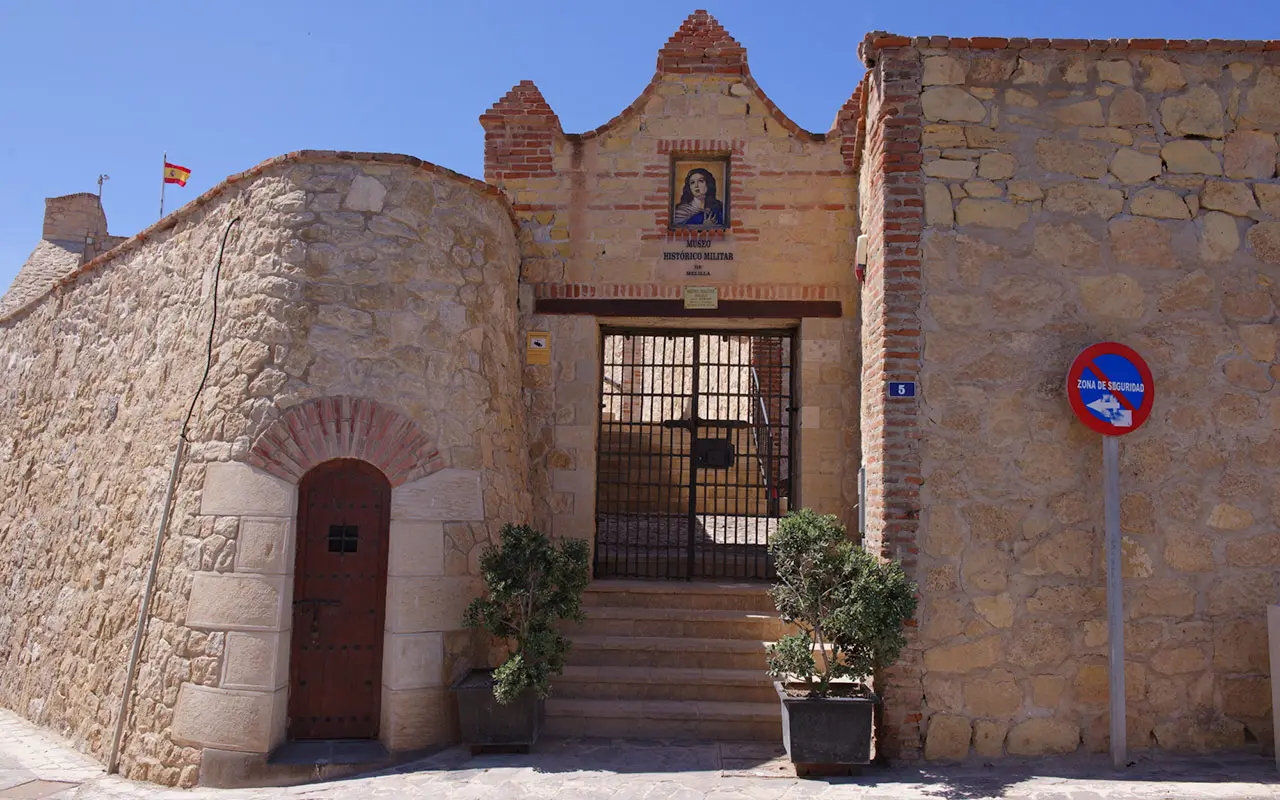
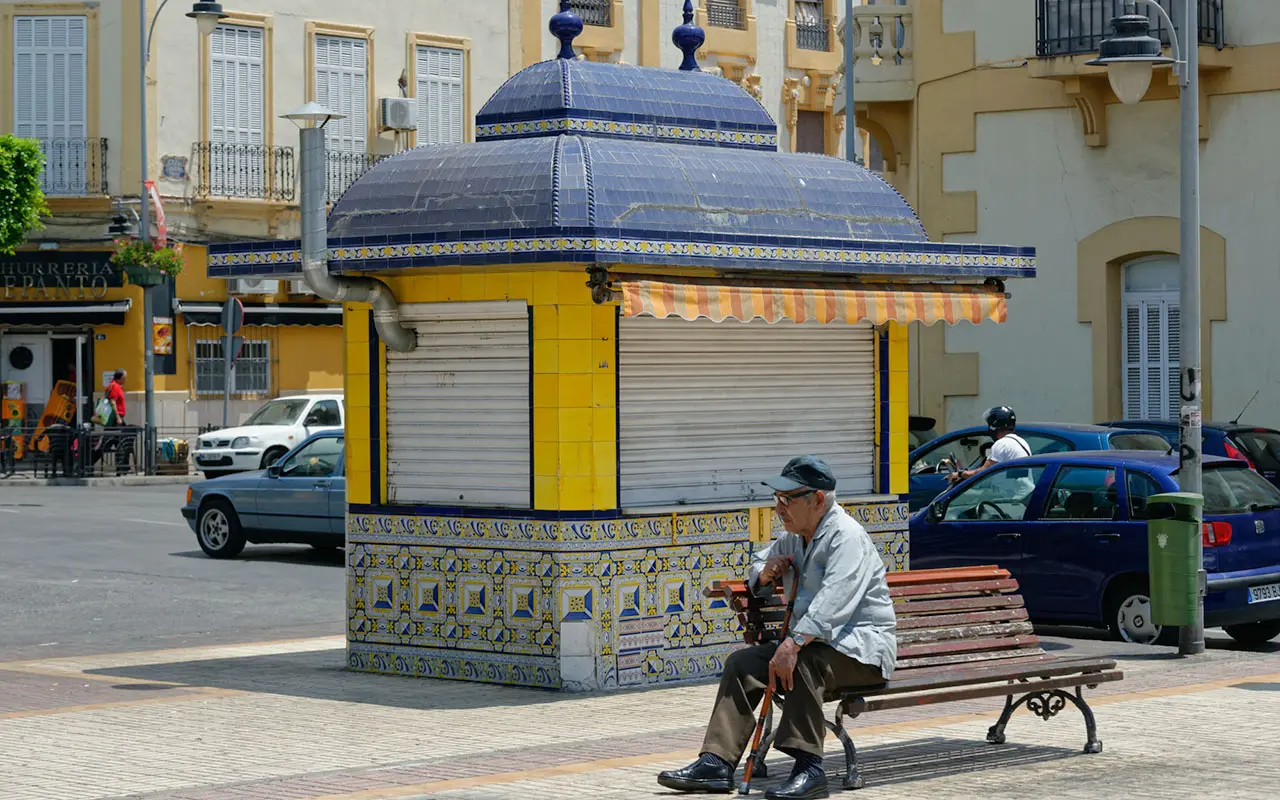
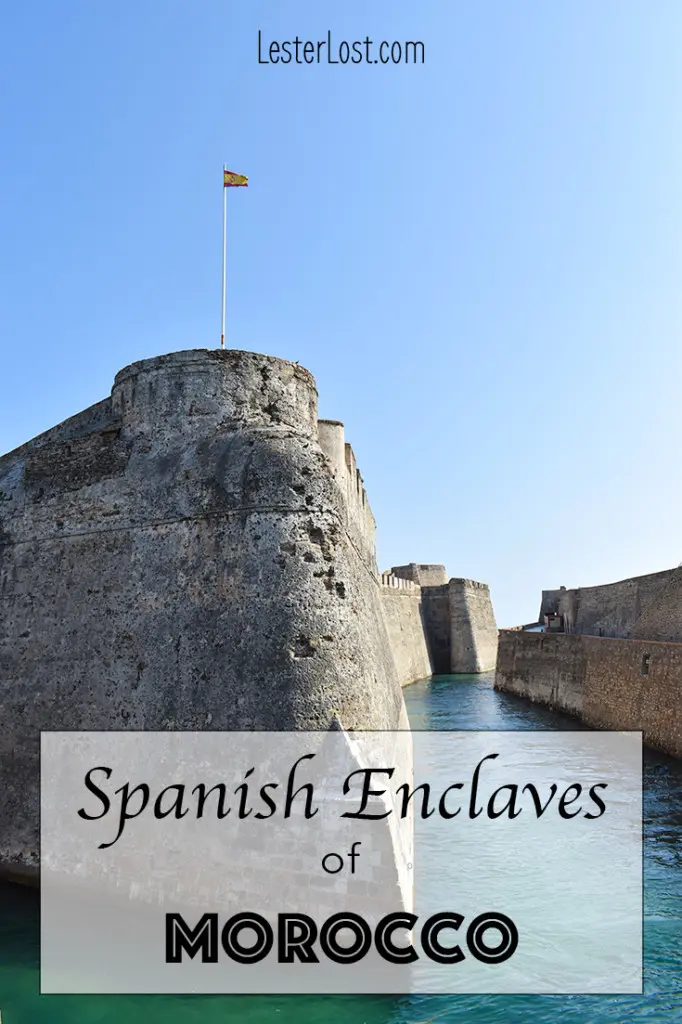

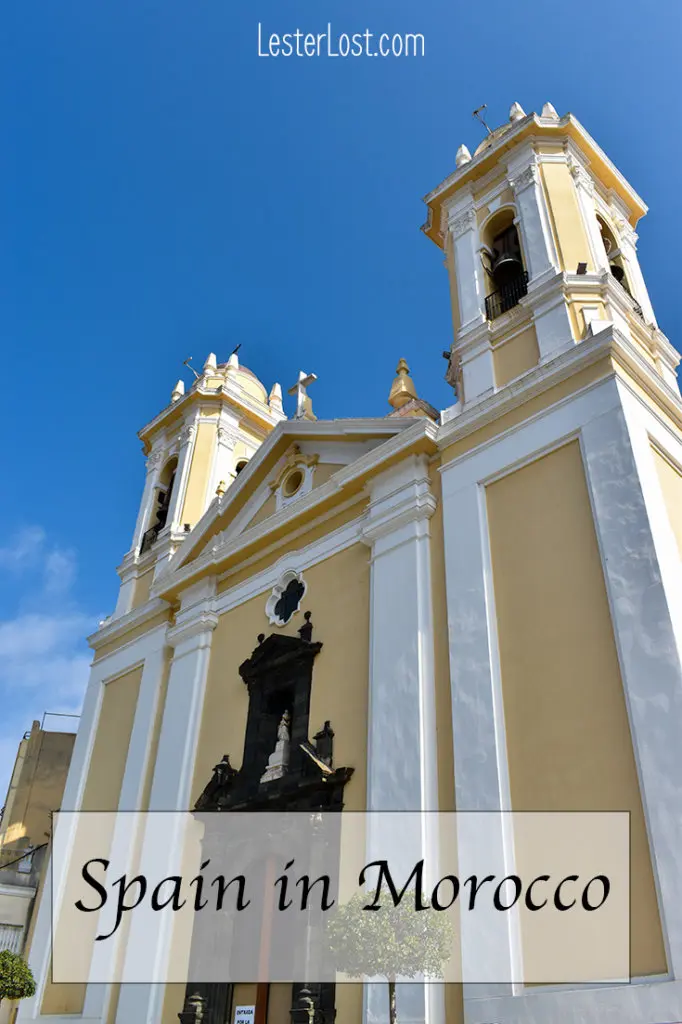
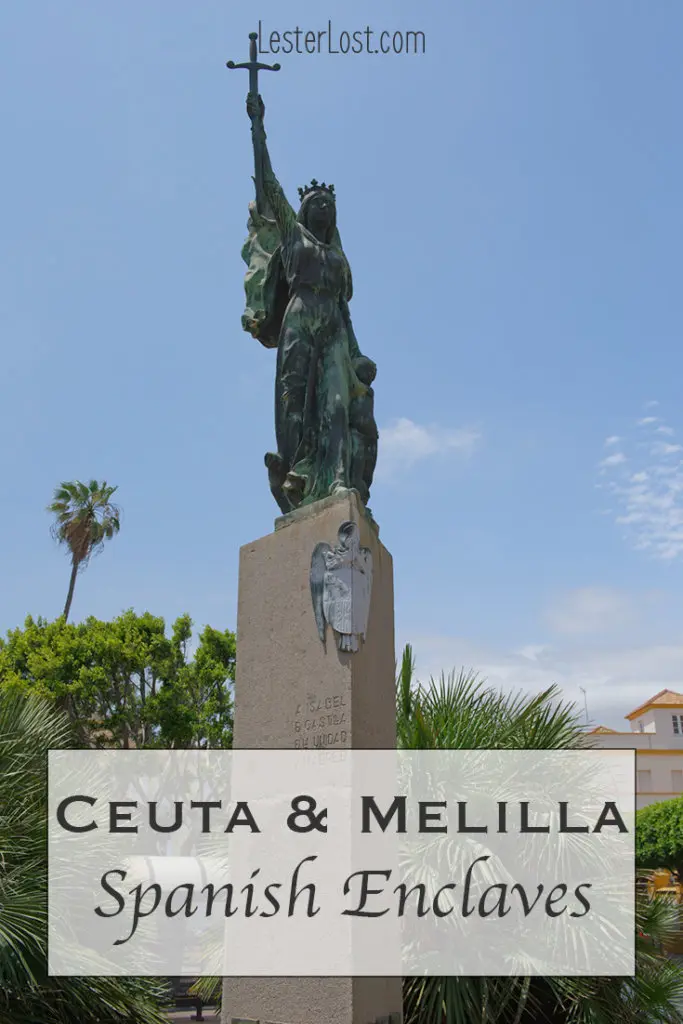
This is so interesting. I knew there was a Spanish influence in Morocco and vice verse but didn’t realise there was Spanish areas. It looks really lovely. I am off to Morocco in a few weeks so may have to head to these two areas.
Hi Suz, Spanish influence is quite noticeable in Chefchaouen and Tetouan but those enclaves are extensions of Spain, plain and simple… the food, the loud music… it is quite different to Morocco, and that’s what makes these places so intriguing… In my opinion, their days are numbered but it could take a while before they are handed back to Morocco…
Wow, such a special place! Would love to visit it. , What a great guide! It looks like you had an amazing time with some awesome photos to share! Thanks for sharing/
Hey there, thank you for your kind comment! The Spanish Enclaves are a little known element of Morocco but still very interesting. I have also published an article about the Spanish Islands, which is even more controversial and also very interesting, let me know what you think!
Dear Delphine, thank you to share your experiences and pictures. They are lovely! I would like to share some information about my lectures of Ceuta and Melilla. They never were Moroccan cities. The Morrocco area was divided among several kingdoms. It’s true that in the case of Ceuta in some point of its history was governed under Arabic kingdoms like Omeyas, Etc but never were Moroccans. Their history come from long time ago, Phoenicians, Romans, Visigoths , Arabics, Portuguese and Spaniards. It’s really interesting !
Thank you
I agree with you that the history of the Spanish Enclaves of Morocco is very interesting. The feeling today in Morocco is that these enclaves being within the Kingdom, they ought to be given up by Spain. In the case of Ceuta and Melilla, this is going to be quite difficult I think, there is a strong Spanish heritage there. Things might be different for the islands just off the coast!
The border crossing sounds like a very interesting experience. It somewhat sounded like the border of Mexico and San Diego. I used to live in San Diego and many of my friends would park their cars and walk over the border as that was a faster option. I love that you travel with your father and how interesting that he enjoys industrial scenery. It’s not my type of scenery but we all have different interests for sure!
Hi Candy, my father’s passion for industrial landscape is puzzling. I have stood shaking my head by the side of the road but I have to say he’s taken some very good photos… Indeed the border crossing into Ceuta is an interesting experience, quite revealing of people’s hardship.
Please forgive my ignorance, but I had NO IDEA that Ceuta was a place. And of course I had no idea that you had to walk 1 km in essentially a cage to cross into this Spanish area essentially within Morocco. Absolutely fascinating!
Hi Sage, not that many people know of these Spanish enclaves in Morocco. I wonder what is going to happen to them in the future, they may be returned to the Kingdom of Morocco!
Wow, who knew this place existed! It is so beautiful and unique. You can really see the Spanish influence, but also the interesting mix of Morocco within it. So interesting to read about.
These places are quite interesting, it’s true. They are very firmly Spanish and Mediterranean… I wonder what’s going to happen in the future, whether they will be returned to Morocco…
It is interesting to know about Ceuta and Melilla as Spanish areas on the African continent. If you look at the map, Ceuta is even closer to Spain than Tangier. Melilla is too far though.c
We travelled from Tangier to Tetouan and visited Ceuta on the way. It’s true that Melilla is a little further but the north coast of Morocco is really beautiful and worth visiting.
Geez, the border crossing sounds a little nerve-wracking. It was interesting to hear your experience. Ceuta sounded like an interesting experience and it’s good to note that everything shuts down in the middle of the day. Melilla intrigues me a bit more with it’s medieval influence. All in all, it sounds like an interesting little spot to explore.
Hi Emma, well spotted, I found the border crossing on foot a bit stressful. I had to leave the car further up the hill and it had all our luggage, including laptops, and I was a bit nervous. Luckily, the Spanish border guards waved us through very quickly. Still, you progress slowly and you have plenty of time to think about the circumstances of the migrants desperate to get to Europe…
Since I have learned something again! I did not know that Spanish enclaves exist in Morocco. Too bad that we are traveling much further south in Morocco in January, otherwise I would have gone there.
Oh, where are you going in Morocco? I’m sure you will go through Marrakech which is a wonderful place! Enjoy your travels!
the furthers North in Morocco I visited are Tetouan and Chefchaouen, and it was surprising how suddenly people started to greet me with “hola” not “Bonjour”. We didn’t manage to cross to Spain, maybe next time
Tetouan used to be the capital of Spanish Morocco and quite a few people speak Spanish. It was a bit of a surprise for me as I am used to the more southern areas of Morocco, but it’s still easy to get around in French…
Wow, quite the adventure getting into, and out of Ceuta. And because you asked, not sure I would make a special trip to Morocco to visit the enclaves. The border crossing alone is an ordeal I can miss. 😉 Now Melilla looks a bit more interesting, and I might visit if I were in the area. You didn’t talk about the crossing here … does that mean it was easier than Ceuta?
Hi Michael, crossing a border on foot isn’t always allowed, which is why this one is so interesting. It’s also a lot quicker than bringing your car in, there is a long queue. We had a rental car, which is why we couldn’t bring our car into Spain…
I’m really hoping to visit Morocco next year so I’m so glad to have discovered your guide! It’s so interesting to learn about the history and Spanish influence. I myself haven’t been to Spain yet either so being able to cross right over to Europe seems like a great day trip idea. Although from your encounter, it does seem a bit hectic and I’m not sure how I would react if somebody handed me their passport for help! The Modernist architecture is beautiful too. Definitely makes me want to visit this part of the country!
Hi Jas, I was at first hesitant when the woman handed me her passport and border card, but I know Morocco well enough to know that literacy is limited, especially for women… It was a very interesting experience, that’s for sure!
I never knew about the controversial, Spanish territories to be visited when we go for the North of Morocco: Ceuta and Melilla. The Royal Walls really are impressive structures, as they dates back to the 5th Century. I loved this place.
Hi Yukti, the north of Morocco is really interesting, and not just for the Spanish territories. I hope you get a chance to visit one day.
Total lack of accurate information:
1st. Ceuta and Melilla cannot be “returned” to Morocco because they never made part of either Morocco as a kingdom or Morocco as a Spanish protectorate. They always remained as separate entities, so we can say that Spain never preserved part of the protectorate but gave independent home rule to the whole territory.
2nd. Ceuta used to make part of the Cádiz province, not Málaga. Melilla used to be part to Málaga.
3rd. Having an autonomous status does mean that Spain is willing to give these cities to Morocco, but it is just the rule in Spain, where ALL the regions have an autonomous status because Spain is a de facto federal state like the U.S. or Germany.
I encourage you to visit Ceuta or Melilla again and ask all these questions to the locals. Ask them if they want to be Moroccans…
Thank you for your interesting comment. I don’t think the desire of people in Ceuta and Melilla to hold on to the enclaves is in question. In view of the recent events however, it is clear that these enclaves are creating a political and a humanitarian crisis. The financial and human cost of this situation is only going to increase and Spain now has to deal with thousands of refugees on its soil. Is it worth it? Don’t forget that Spain is also holding on to several islands off the coast and those surely have no value other than symbolic. Considering that General Franco came from Melilla, I can see his spirit is still revered in Spain, thanks to comments like yours!